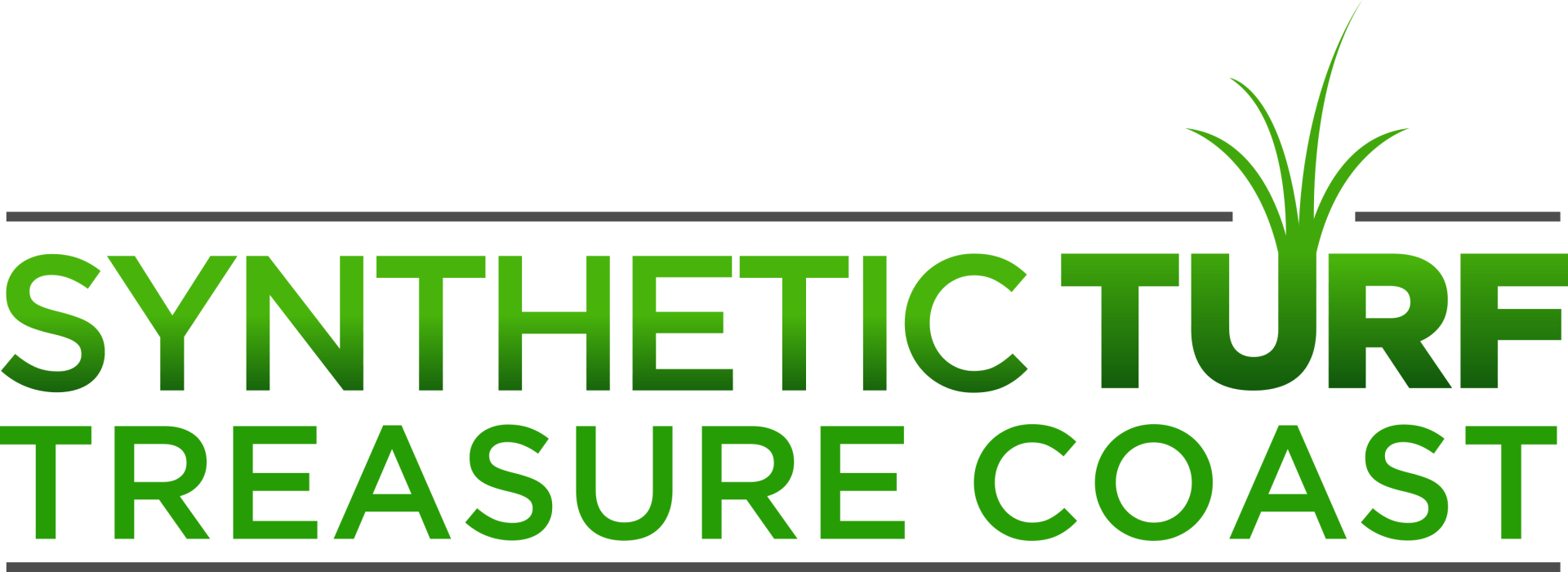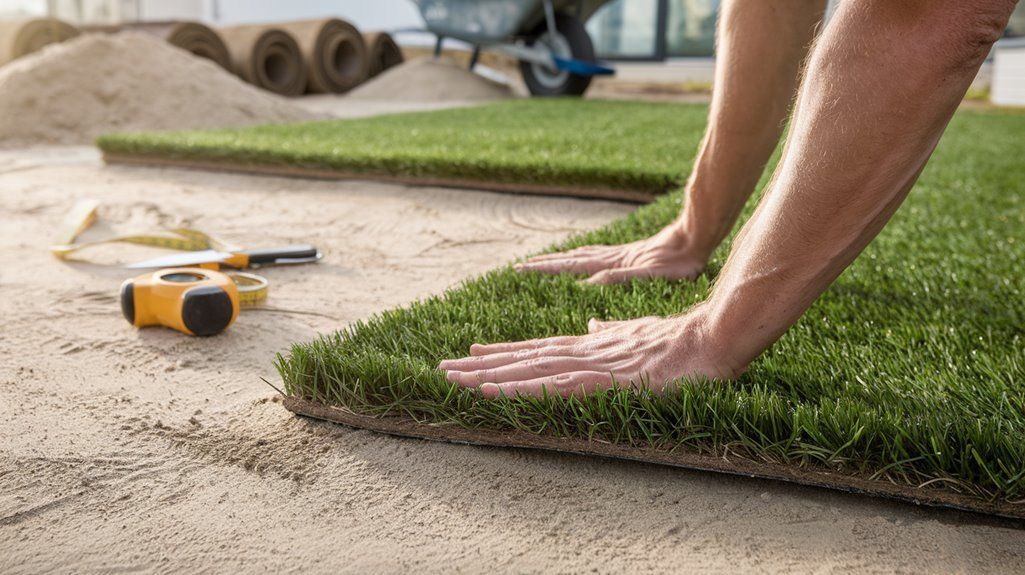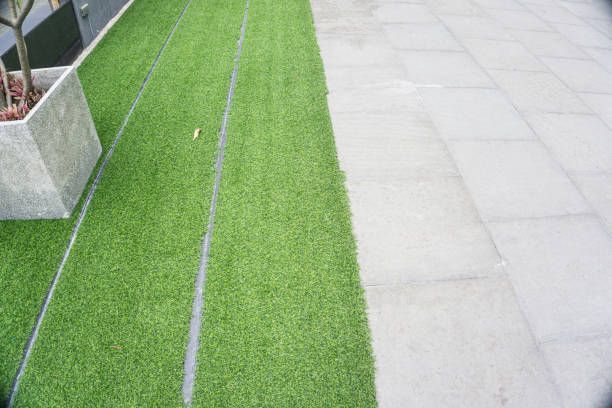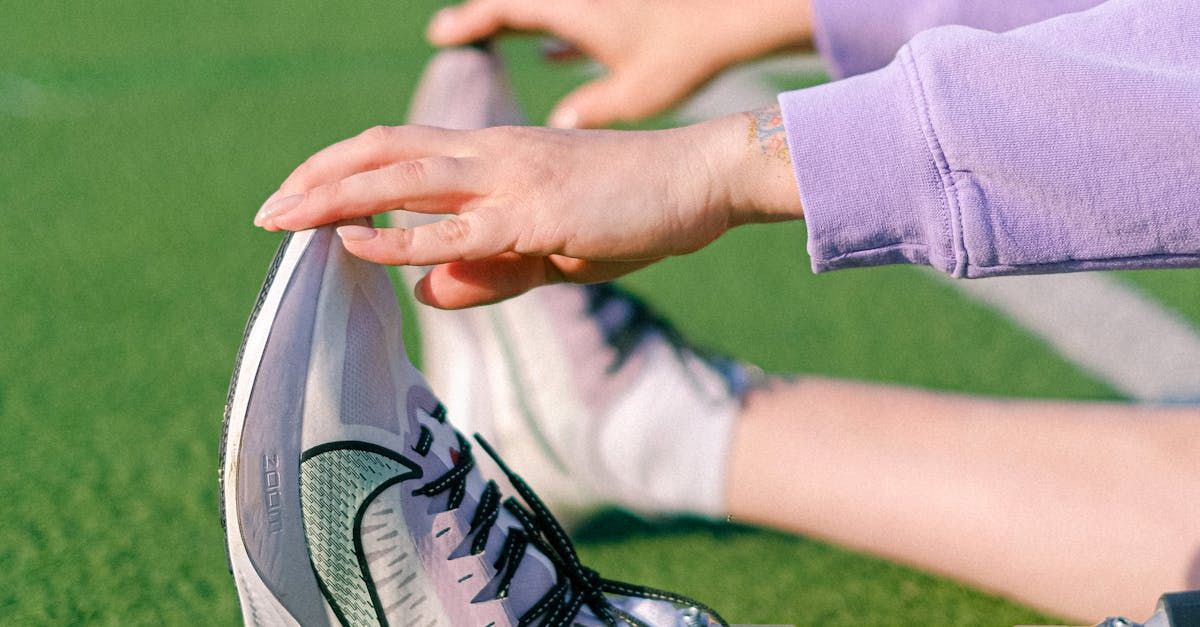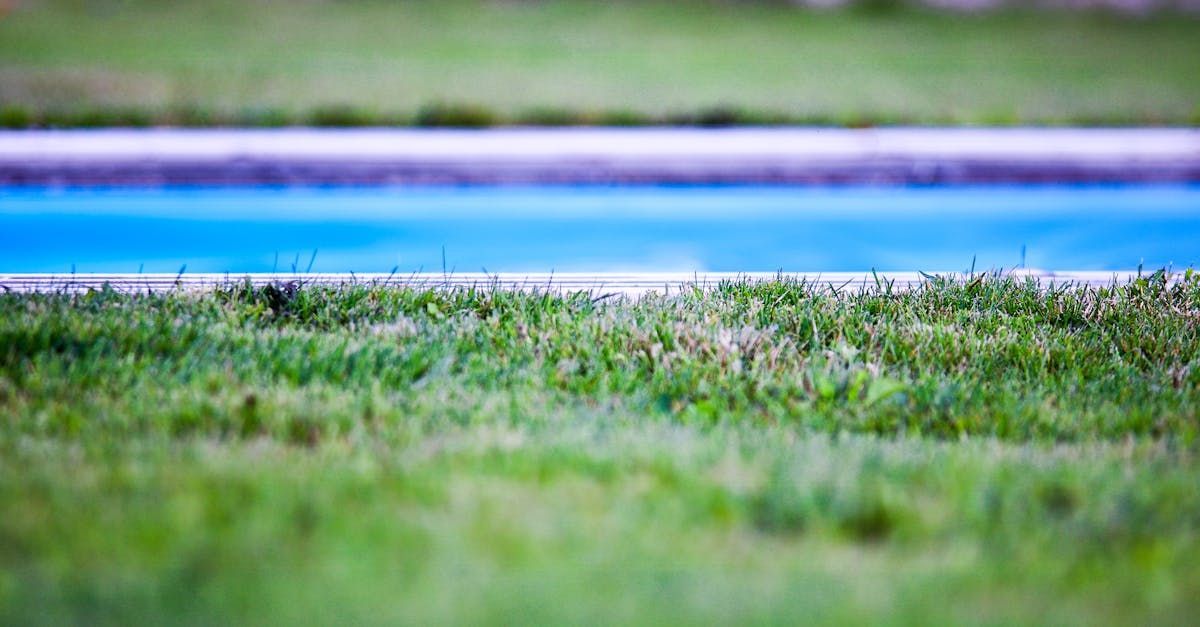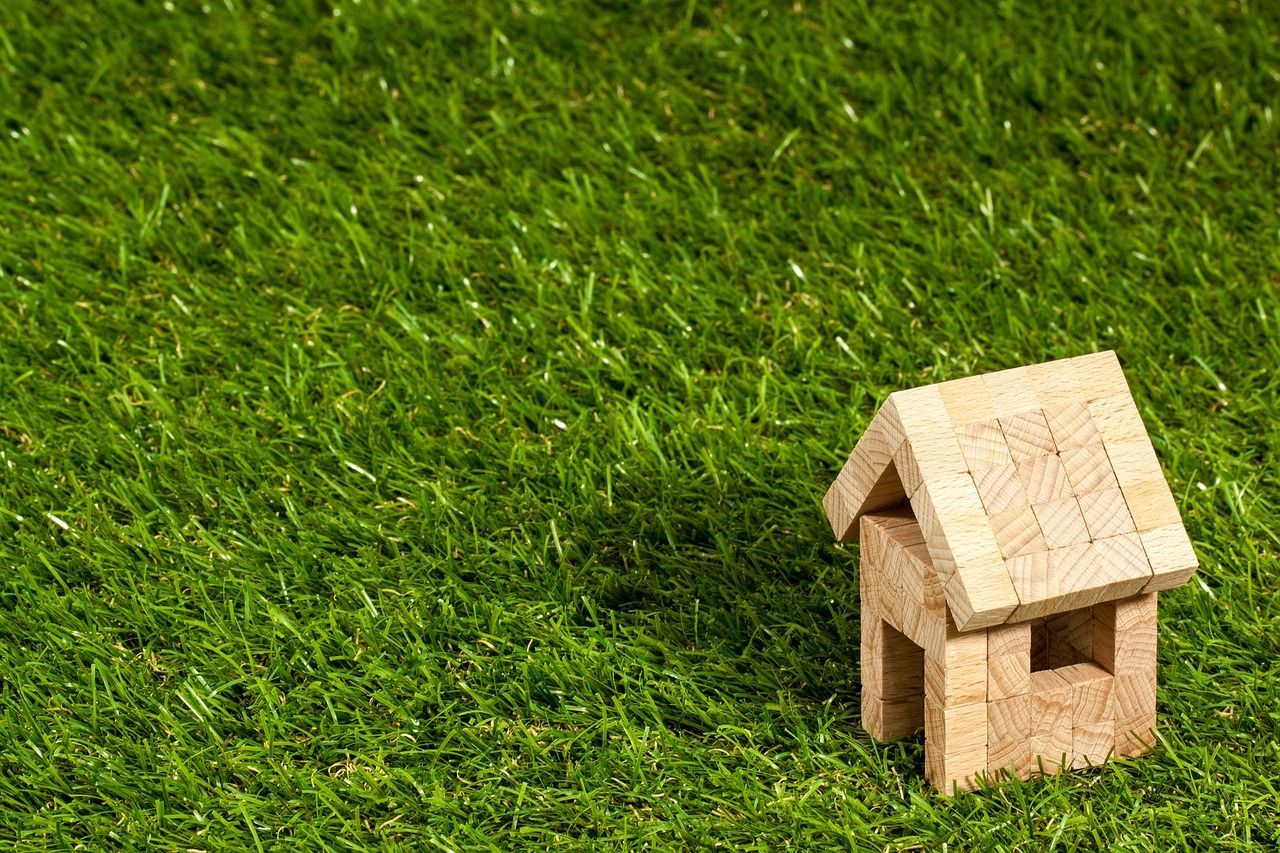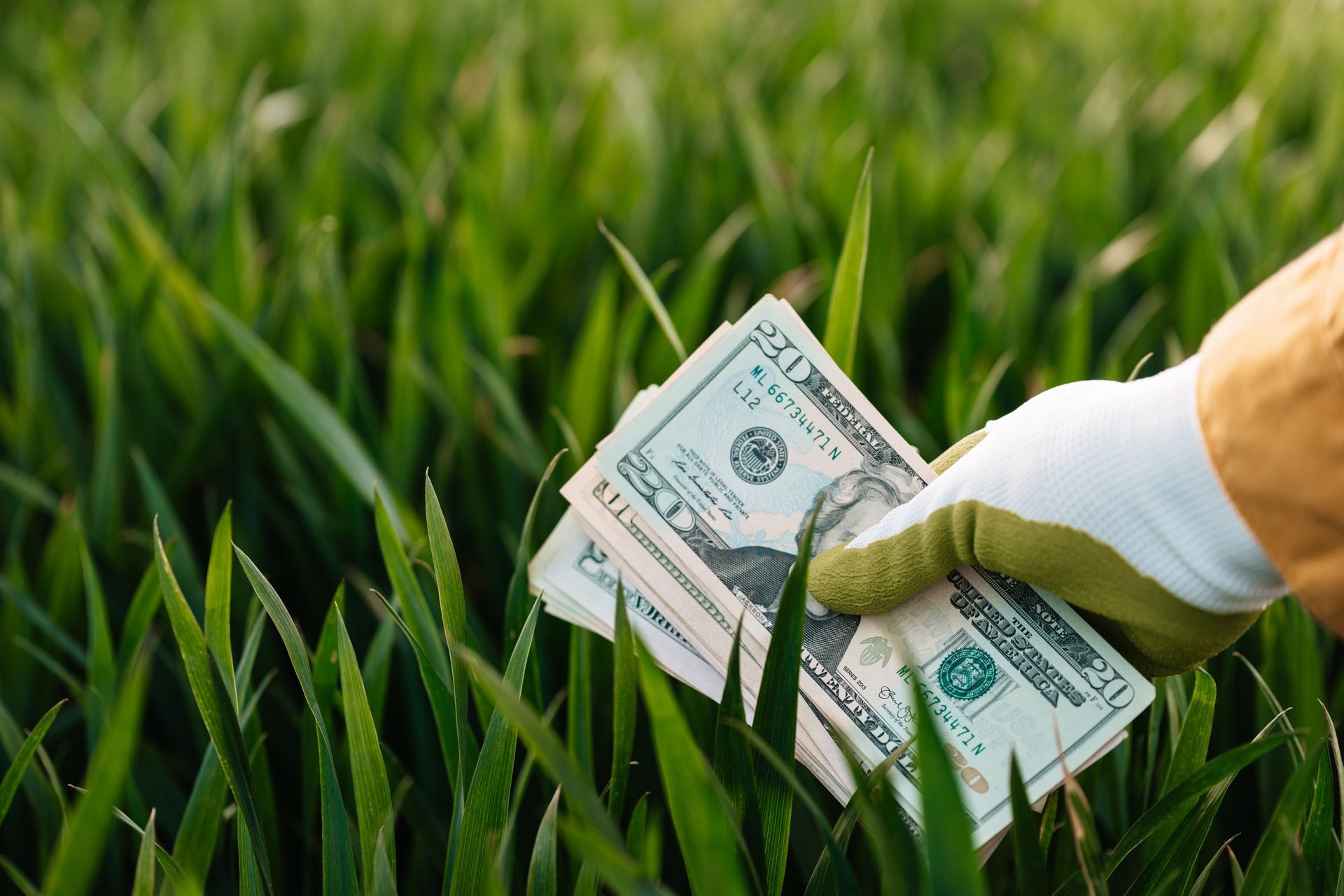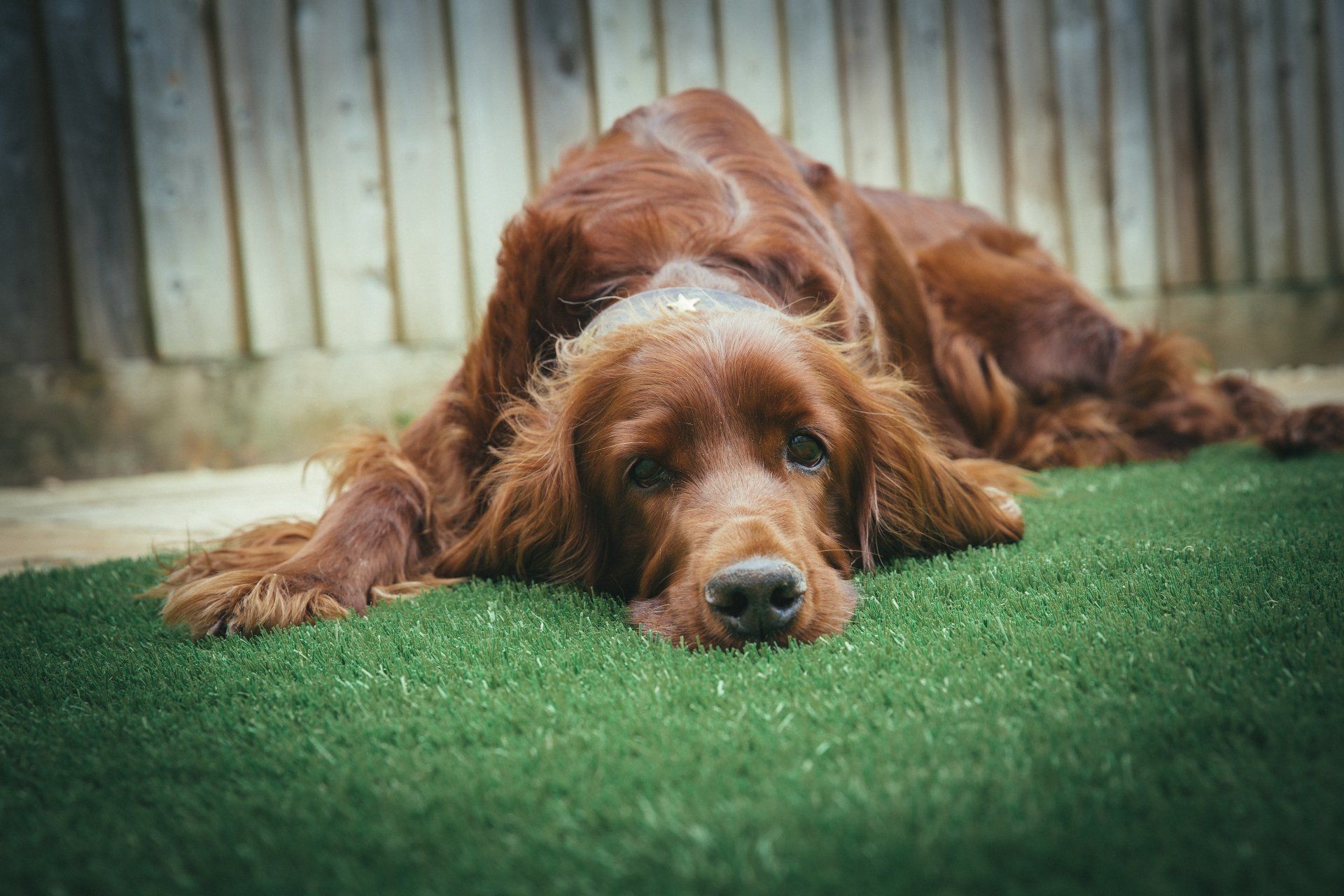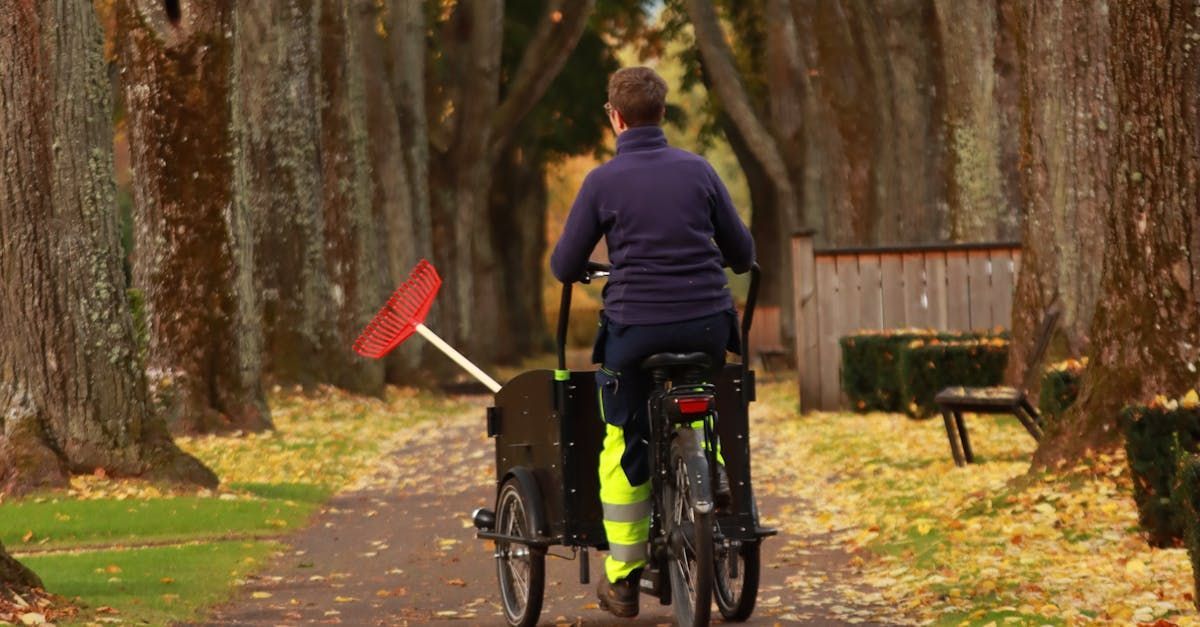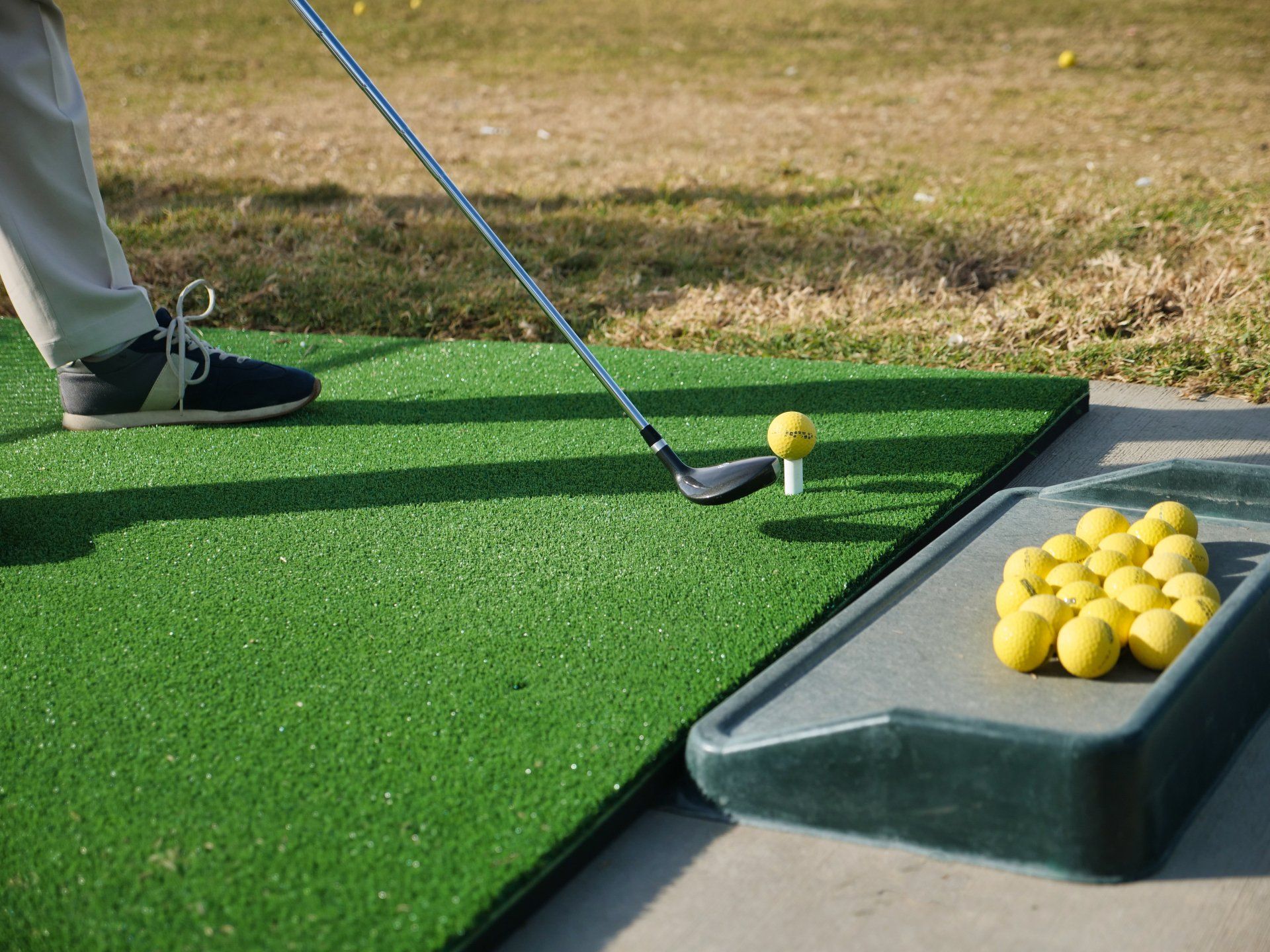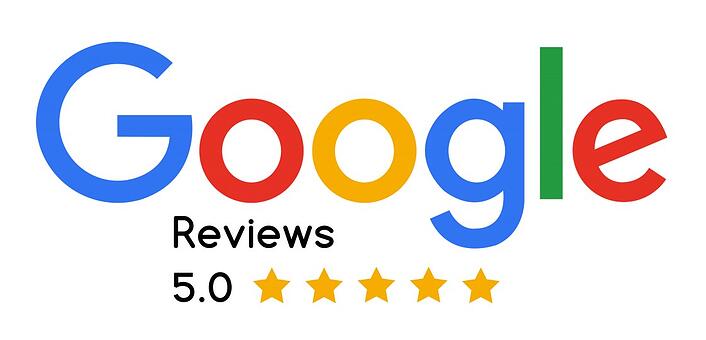In Light of a Report That Raises Safety Issues, Artificial Turf Is Given More Consideration
The idea of artificial turf, or artificial grass, has been around for decades, but it has only recently become a popular option for homeowners and business owners. Synthetic turf has several benefits over natural grass, such as reduced maintenance requirements and increased durability. However, there are some safety concerns associated with artificial turf that need to get taken into consideration. Artificial turf has often been considered preferable to natural grass because synthetic fields are easier to maintain, more durable and can be used in a variety of weather conditions. The padded surface has also been shown to reduce the likelihood of impact injuries. Some athletes, however, including numerous professional soccer players, have complained about the way artificial turf affects the game. (1)
Background
The first artificial turf was developed in the late 1960s, and it was initially used in sports stadiums to replace natural grass fields. Since then, synthetic turf has become increasingly popular in residential and commercial settings. Artificial turf requires much less maintenance than natural grass and can be used to create aesthetically pleasing landscapes. It is also much more durable than natural grass and can get used in areas prone to heavy foot traffic.
However, some safety concerns associated with artificial turf must get addressed. One of the most common safety concerns is the potential for burns caused by the synthetic material used in the turf. Artificial turf often gets made from a blend of synthetic fibers and rubber, which can be highly flammable. In addition, artificial turf can become hot in direct sunlight, leading to an increased risk of burns.
Another safety concern associated with
backyard turf is the potential for injuries caused by the turf. Artificial turf is often installed on a hard surface such as concrete or asphalt, increasing the risk of slips, trips, and falls. In addition, the turf itself can be abrasive and cause cuts and scrapes during play.
Finally, there is the potential for injuries caused by the chemicals used in installing and maintaining artificial turf. These chemicals can be hazardous to humans and the environment and get released into the air or seep into the ground.
Types of Artificial Turf
There are several different types of backyard turf field available, each of which has its own unique characteristics and safety considerations. The most common turf type is short-pile turf, which comprises short fibers tightly woven together and typically has a sand or rubber infill material. This turf type is ideal for sports fields, providing a firm and even playing surface. Additionally, it is resistant to weather and wear and tear, making it a perfect choice for outdoor areas.
Long-pile turf is another popular option for
backyard turf soccer field, which is made up of longer fibers and typically has a rubber or sand infill material. This turf is softer and more cushioning than short-pile turf, making it an excellent choice for playgrounds and other recreational areas. Additionally, it gets designed to provide better drainage and reduce the risk of slipping and sliding.
Finally, there is hybrid turf, combining long-pile and short-pile turf. This turf type is often used in sports fields, as it benefits both types of turf.
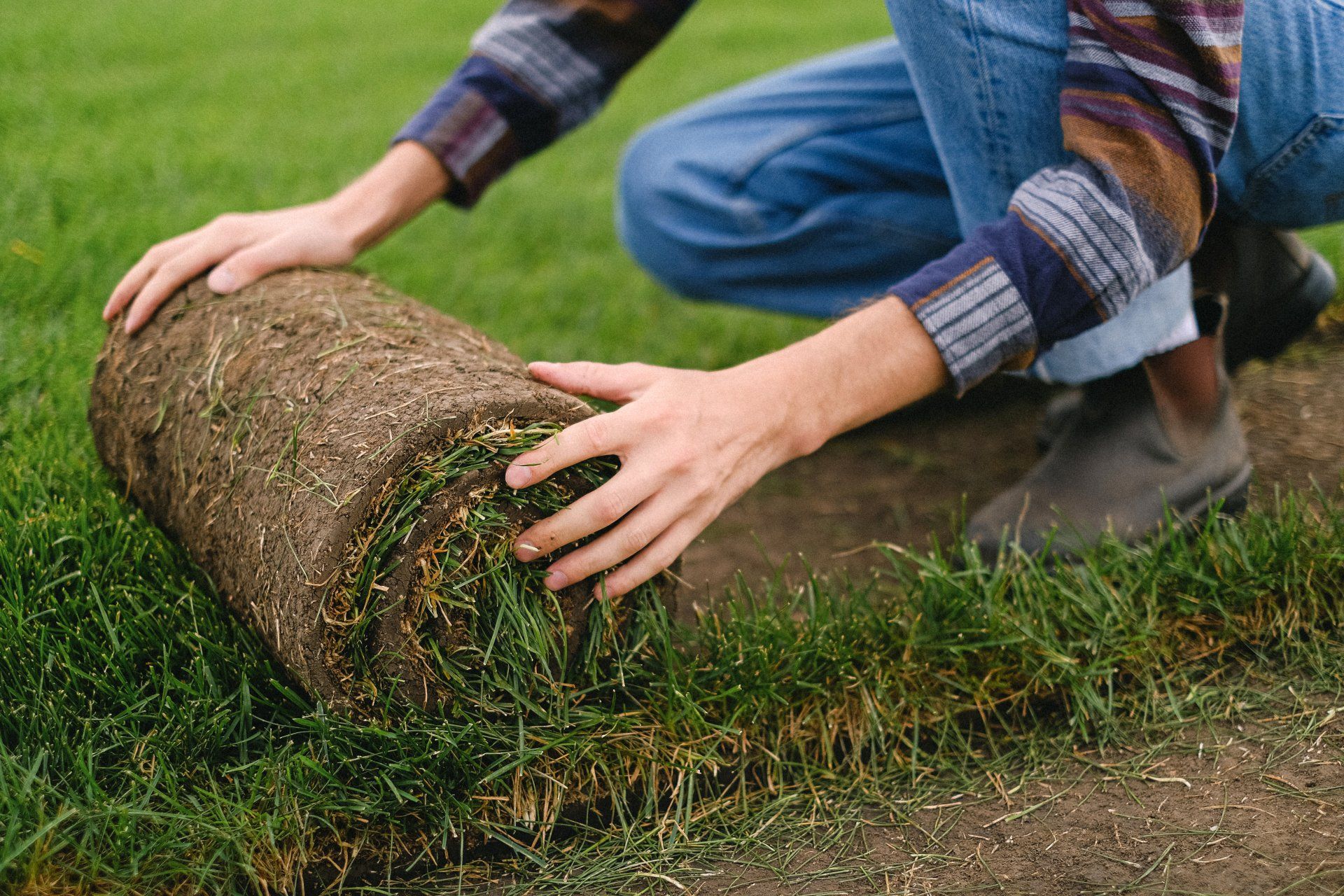
Considerations for Addressing Safety Issues
In light of the safety issues raised, several considerations should get considered when installing and maintaining artificial turf away from the backyard turf cost. Firstly, synthetic turf installation should be done correctly and follow the manufacturer's instructions. Improper installation can increase the risk of injuries and other safety issues.
Secondly, the turf should get checked regularly for signs of wear and tear, and any damaged areas should get repaired or replaced as soon as possible. Regular maintenance and inspections will help to reduce the risk of injuries caused by the turf. Thirdly, the turf should be kept clean and free of debris, reducing the risk of slips, trips, and falls. In addition, the turf should get kept away from heat sources, as this can increase the risk of burns.
Finally, the chemicals used in installing and maintaining artificial turf should be monitored closely. Any hazardous chemicals should get removed from the area, and proper safety protocols should be followed when handling them.
Maintenance and Installation
It is vital to ensure that it is properly maintained and installed to ensure the safety of artificial turf. It includes making sure that the turf gets kept clean and free of debris, as this can reduce the risk of slips and falls. Additionally, it is vital to ensure the turf is regularly inspected for any signs of wear and tear, as this can decrease its performance.
Ensuring the turf is installed correctly for proper
Artificial turf Maintenance is also essential. It includes providing the turf is adequately leveled, and the seams are sealed. Additionally, it is vital to ensure the infill material is even and the turf gets adequately secured to the ground. Finally, it is essential to make sure that the turf is surrounded by a shock-absorbing material, such as rubber matting, to reduce the risk of injuries from falls.
Special Safety Precautions
In addition to the above considerations, special safety precautions should get taken when playing on artificial turf. One of the most important of these is to make sure that players are wearing the appropriate footwear. It includes shoes with cleats or turf shoes, as these will provide better traction on the surface and reduce the risk of slipping and falling. Additionally, it is crucial to ensure that the players are aware of the potential hazards on the surface, such as exposed seams and other irregularities.
Conclusion
In conclusion, artificial turf has several benefits over natural grass, but some safety concerns must get considered. In light of the CPSC report on safety issues associated with artificial turf, several considerations should get considered when installing and maintaining synthetic turf. These include proper installation of the turf, regular maintenance and inspections, keeping the turf clean and free of debris, and monitoring the chemicals used in the installation and maintenance of the turf. Considering these considerations, the safety of those playing or working on the turf can improve.
About the author
Kathy Leavell
Kathy Leavell is the founder and owner of Synthetic Turf Treasure Coast, a leading provider of synthetic grass solutions for residential and commercial properties in Florida. With over a decade of experience in the industry, Kathy has become a recognized expert in synthetic turf installation, maintenance, and repair. Under her leadership, Synthetic Turf Treasure Coast has earned a reputation for exceptional customer service and high-quality workmanship.
Prior to starting her own business, Kathy worked in sales and marketing roles at several major synthetic turf manufacturers.

Contact
- Mon - Thu
- -
- Friday
- -
- Sat - Sun
- Closed
Hobe Sound, FL, United States
All Rights Reserved | Synthetic Turf Treasure Coast
